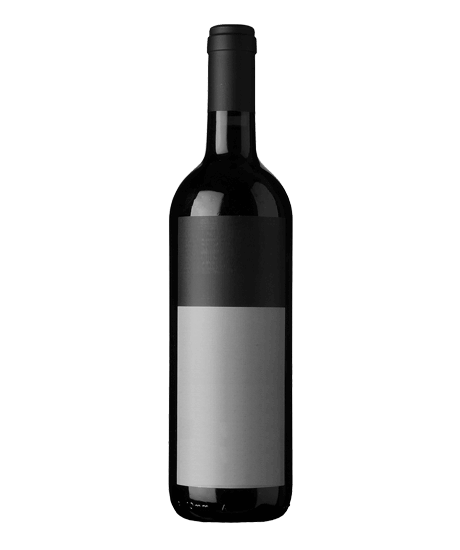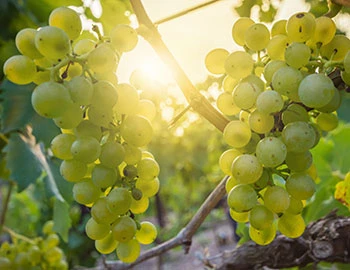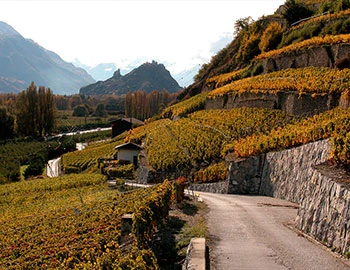
Ambassadeur Fume Gros Rhin de Chamoson 2013
AOC Valais, Domaines Diego Mathier, 375 ml

| Grape variety: | Sylvaner |
| Producer: | Diverse |
| Origin: | Switzerland / Wallis |
Attributes
| Origin: | Switzerland / Wallis |
| Grape variety: | Sylvaner |
| Drinking temperature: | 10 to 12 °C |
| Vinification: | partly destemmed, fermentation in wooden barrel, long must fermentation, soft pressing |
| Harvest: | hand-picking, strict selection, in small boxes |
| Maturation: | in partly new and used barriques/ Pièces, long cultivation |
| Bottling: | no filtration |
| Volume: | 13.0 % |
| Note: | Contains sulphites |
Sylvaner
Asparagus partner and sweet wine star
The Sylvaner was created over a century ago as a spontaneous crossing in Austria. Today, only minute quantities are found there. It occupies the largest area in Germany, where it is spelled “Silvaner”. Well into the 1970s, it even trumped Riesling there by area. In France, Alsace has the monopoly on the Sylvaner. There, the variety is prized mainly in Valais; there, it is called Johannisberg or Johannis for short. Dry examples are perfect wines for asparagus: spirited and full-bodied, with moderate acidity and a delicate aroma of herbs, gooseberries and fresh hay. In addition, it yields superb dessert wines that can mature for two to three decades without issue.

Wallis
Valais: Alpine wines with class
More than 20 varieties of grapes can yield wines in Valais that are full of character. A large number of them grow on spectacular, steep slopes. Sealed off by mighty chains of mountains, old plantings like Petite Arvine, Amigne and Cornalin have survived in Valais, and today they are highly sought-after by wine enthusiasts. The highest vineyards in Europe are also found in Valais: the Savignin vines (known here as “Heida”), rooted in the mountain community of Visperterminen.

Switzerland
Switzerland – A small country with enormous diversity
Switzerland is famous for its banks, watches, and cheese, but not necessarily for its wine. The Swiss didn't invent wine, but they have been extremely open and curious to it. Wine culture arrived in what is now modern Switzerland via several routes: from Marseilles to Lake Geneva and the Lower Valais region; from the Aosta Valley through the Great St. Bernard Pass to the rest of Valais; from the Rhone through Burgundy, across the Jura Mountains to Lake Constance; and from Lombardy to Ticino, and then on to Grisons.


